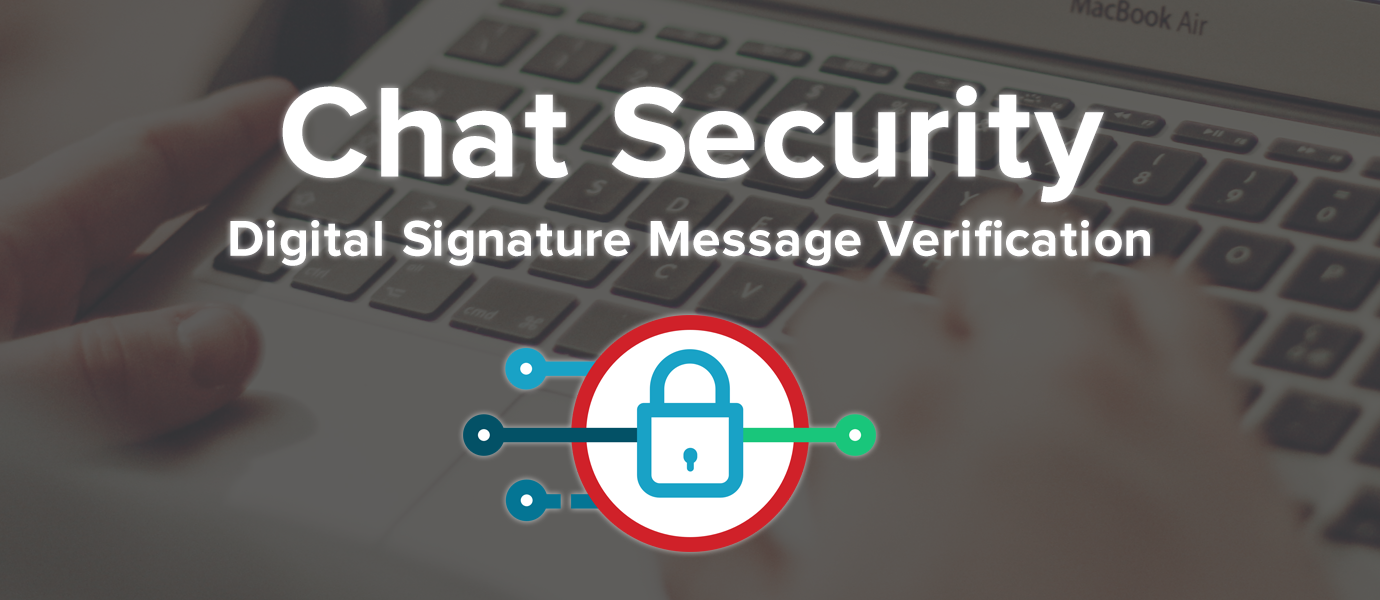IN THIS ARTICLE

Good News! We’ve launched an all new Chat Resource Center.
We recommend checking out our new Chat Resource Center, which includes overviews, tutorials, and design patterns for building and deploying mobile and web chat.
The requirement of message security and sender verification is pretty obvious when it comes to chat. With email SMTP, a digital signing as proof of sender is included. But what about for mobile and web chat applications? How can we ensure that a user is identified and authorized?
In this tutorial, we’ll show you how to build chat user identification using digital signature message verification.
You can identify the sender by creating a Unique ID as well as a Name attached to the message payload of the chat conversation. This is similar to IRC strategies but a bit more simplistic.

